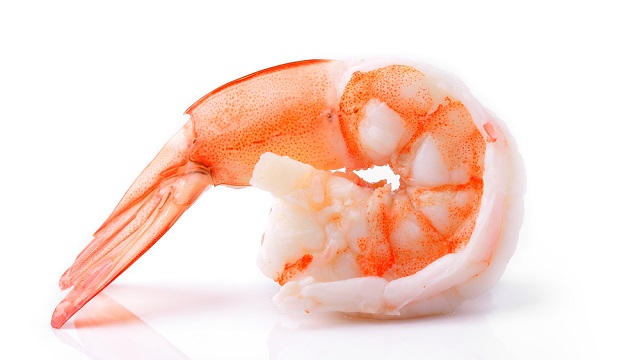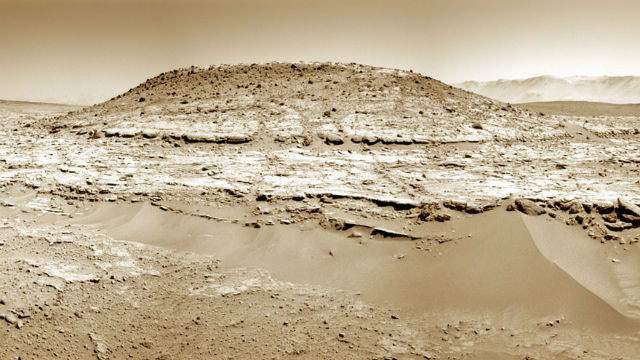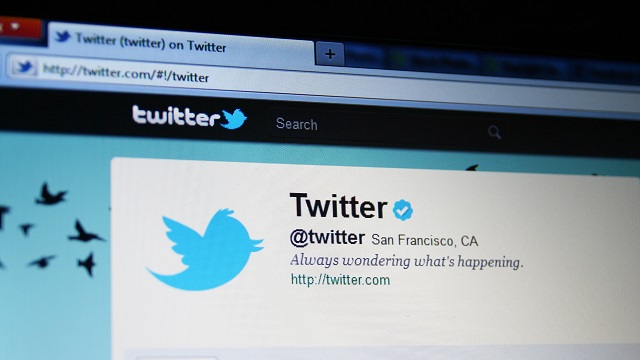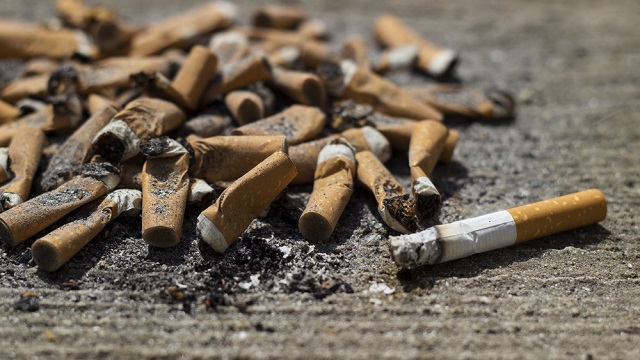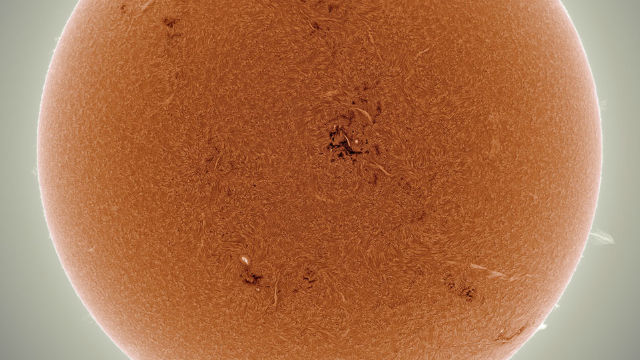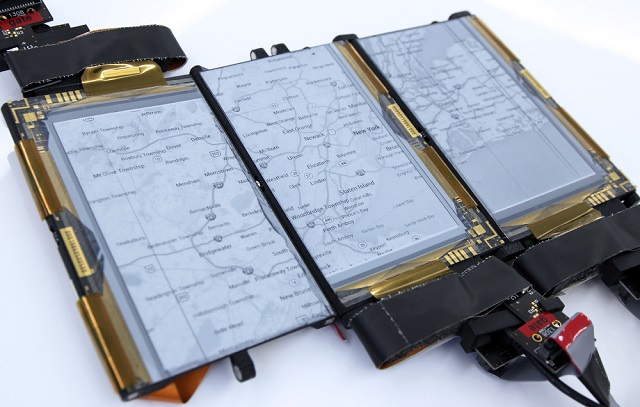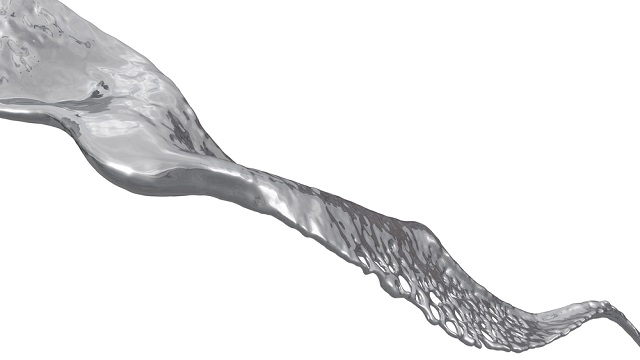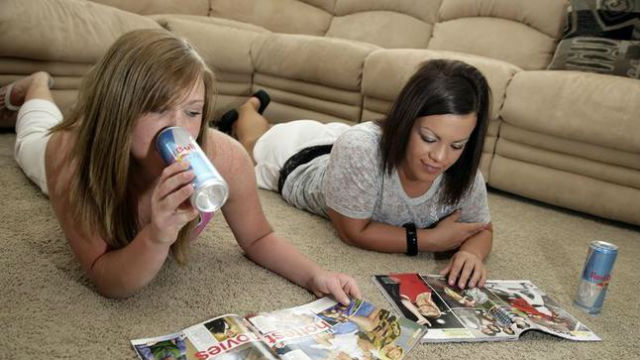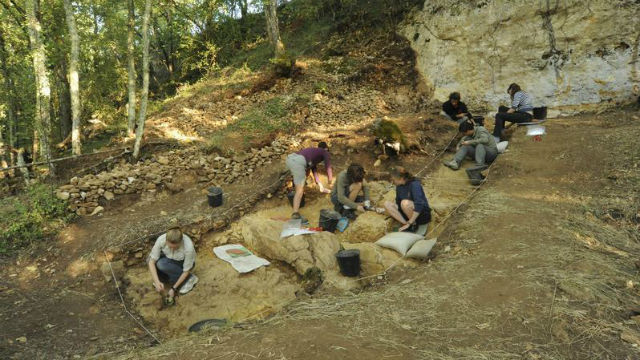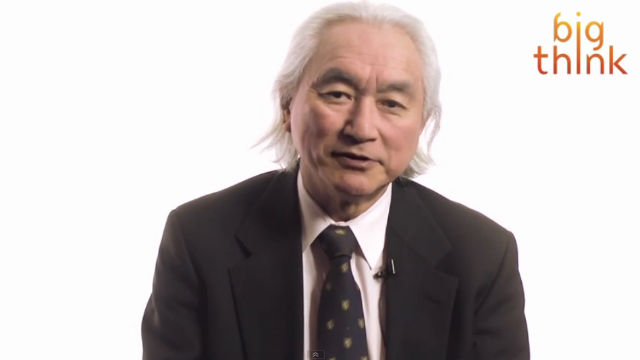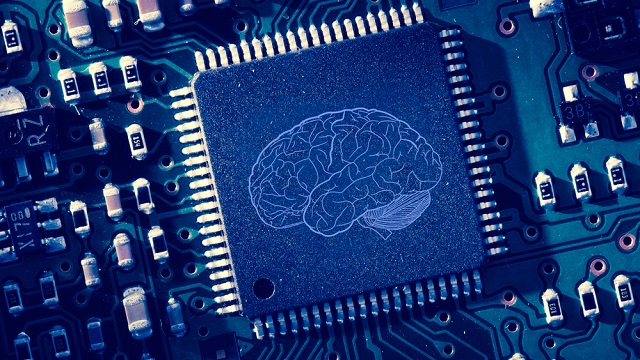Surprising Science
All Stories
Harvard scientists have created a bioplastic using silk protein and a commonly-found organic substance that gives the shells their strength. The substance, shrilk, biodegrades in a matter of weeks, and its residue encourages plant growth.
The Curiosity rover, like a hero in a Pixar film, continues to explore Mars. Bumbling along the Red Planet’s rocky terrain, the robot has sent home some incredible images. Here’s […]
Scientists are testing a combined smart pill and skin patch system that will track whether medication was taken, when it was taken, and how the body is responding to it.
US Geological Survey researchers say that by simply tracking the word “earthquake,” they’re able to pinpoint seismic activity much more quickly than with their own specialized equipment. However, because it’s Twitter, the method is far from perfect.
Approximately three-quarters of cigarettes end up as butts on the ground, where they can eventually leach dangerous chemicals into soil and water. That’s just one of the problems caused by tobacco waste litter.
The Sun has been quite dramatic lately. This image was captured only two weeks ago by NASA. It shows the Sun’s surface rippling with tumultuous activity, including the sunspots seen […]
A consortium of universities and companies are working on ways to get a team consisting of robots, drones, autonomous vehicles and dogs to communicate with each other in a disaster scenario.
Etihad Airways plans to offer a private multi-room cabin — complete with living room, shower and butler service — on its Airbus A380 passenger planes. Cost for a flight from Abu Dhabi to London: about US$20,000.
A study of global surface warming trends over the last 100 years has taken scientists by surprise by revealing that while some parts of the world were heating up, others were cooling down.
I’m not taking sides here, but after talking to a number of employers, I believe that that Affordable Care Act creates an opportunity for companies to examine some of the […]
In mice, the answer seems to be yes: Recent studies reveal improvements in memory and brain cell growth in older mice who received blood or plasma from younger mice.
Unfortunately it was just for today (May 4) but the slide drew large crowds to Bristol’s Park Street during its Make Sunday Special program. Of nearly 100,000 applicants, only 360 got to ride the slide.
The Drinkable Book’s pages are made of filters treated with silver nanoparticles. When a filter is placed inside a special case and water poured through, it removes almost all the bacteria, making it safe to drink.
The ingestible device contains a small engine and may prove beneficial for those who suffer from chronic constipation but have difficulty with conventional medications.
Researchers found that mice treated with an antioxidant commonly found in coffee developed none of the retinal degeneration that contributes to loss of sight.
Just in time for Star Wars Day, three University of Leicester students have published a paper in Journal of Physics Special Topics that uses a real-world example as a basis for their theory.
Later this month, the state’s Game Commission will vote on a proposal that, if passed, would make New Mexico the fourth state to outlaw a practice that sportsmen and animal activists say hurts “the concept of free chase.”
The aptly-named PaperFold can change its display dynamically depending on the number of screens that are connected and the shape in which they’re arranged.
Tsinghua University researchers are working on a liquid metal that, when used to connect the severed ends of nerves, conduct electrical impulses almost as effectively.
Within one to two hours after consuming a Red Bull, or other energy drinks like it, that statement certainly seems to ring true. Studies have shown that alertness and cognitive functioning receive a temporary jolt. But what about habitual use of energy drinks? Well, that’s less studied, especially among adolescents.
Editor’s Note: This article was provided by our partner, RealClearScience. The original is here. In 1856, a group of quarrymen discovered the remnants of a strange skeleton in Germany’s lush […]
“The interpretation of dreams is the royal road to a knowledge of the unconscious activities of the mind,” wrote Sigmund Freud. Dreams are often most profound, he also said, when […]
This is not the sky over a Tolkien kingdom. This is an image captured over Brisbane, Australia of the Sun and Moon setting together on April 29th. This was the […]
The Neurogrid can simulate a million neurons and billions of synaptic connections, making it 9,000 times faster than a typical PC. Possible applications include prostheses that work nearly as fast as human thought.
Eclipse season came to a close this week for now. As we’ve previously reported here on Big Think, we’re in for 18 months of show-stopper eclipses known as the “blood […]
Readings show that, on average, they’ve exceeded 400 parts per million every day this month. The last time they were that high, Homo sapiens didn’t even exist. (There’s still today, but it’s not looking too good.)
If signed, a bill passed by Vermont’s legislature would make it the first US state to require disclosure for certain foods containing genetically modified ingredients. It would also clear the way for laws in neighboring states.
During a plague epidemic in Medieval Europe, cats were killed (and later dogs) for allegedly spreading the Black Death. The severe drop in the cat population only made matters worse, […]
Last month, near Fairbanks, in central Alaska, John Chumack, an astrophotographer, captured this incredible shot while leading his annual aurora tour, according to NASA. What does the aurora look like […]
A new study suggests that taking notes by hand, rather than with a laptop, helps lecture attendees remember more.
